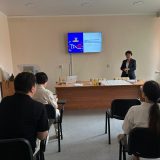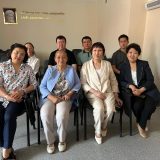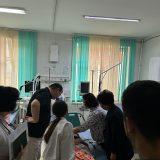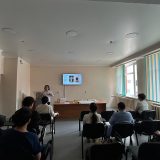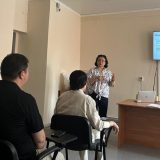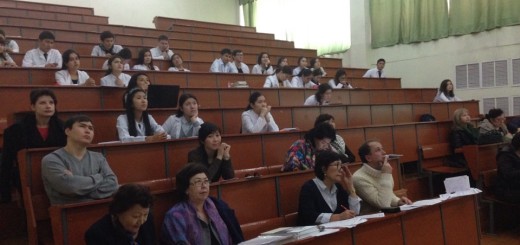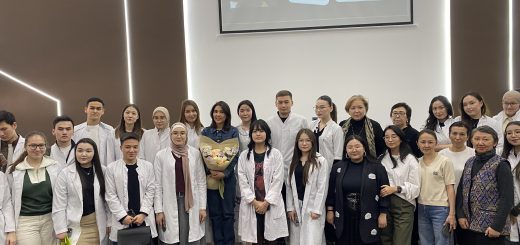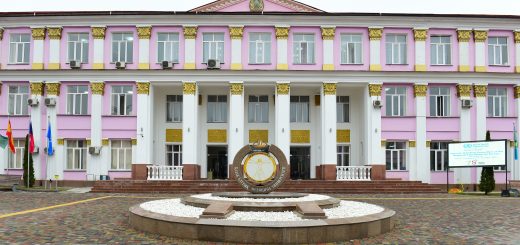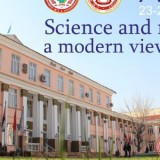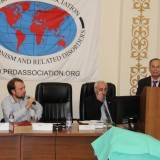Diagnosis and Monitoring as Key Components in the Comprehensive Management of Adult Patients with Spinal Muscular Atrophy
The Department of Nervous Diseases of Asfendiyarov Kazakh National Medical University continues its series of educational events for healthcare professionals, dedicated to the 95th anniversary of Asfendiyarov University and the 90th commemoration of Professor S.K. Kaishybayev.
On June 28, 2025, an educational seminar was held in the city of Zhezkazgan as part of the cascade training method for healthcare professionals, in accordance with the Roadmap for Improving Adult Neurological Care by the Ministry of Health of the Republic of Kazakhstan for 2025–2027 (No. 03324 dated 23.01.2025). The event was organized with the support of the public association “Association of Neurologists” of the Republic of Kazakhstan.
The seminar took place in the assembly hall of the Regional Clinical Hospital and was dedicated to current issues in the diagnosis, treatment, and dynamic monitoring of adult patients with spinal muscular atrophy (SMA). The event gathered adult and pediatric neurologists from various medical institutions across the city. The seminar served as an important platform for professional exchange and interdisciplinary collaboration.
Experts presented reports based on up-to-date scientific evidence and current clinical research. Among the invited speakers were Professor G.A. Mukhambetova and Associate Professor R.B. Nurzhanova from the Department of Nervous Diseases of Asfendiyarov Kazakh National Medical University.
Key topics of the seminar included:
- Main diagnostic criteria for spinal muscular atrophy (SMA);
- Possibilities of a comprehensive approach to treatment and rehabilitation;
- Specifics of monitoring adult patients with SMA using international clinical scales such as the Revised Upper Limb Module (RULM), the Hammersmith Functional Motor Scale Expanded (HFMSE), and the 6-Minute Walk Test (6MWT).
Special emphasis was placed on developing practical skills for assessing motor function in adult patients with SMA. A joint clinical evaluation of a patient with type III spinal muscular atrophy was conducted, including analysis of clinical and paraclinical data, which helped deepen the participants’ understanding of the subject.
The organizers express their sincere gratitude to all participants and experts for their contribution to the discussion of pressing issues in rare progressive diseases, their efforts to raise awareness among the medical community, and their commitment to the development of professional competencies.



